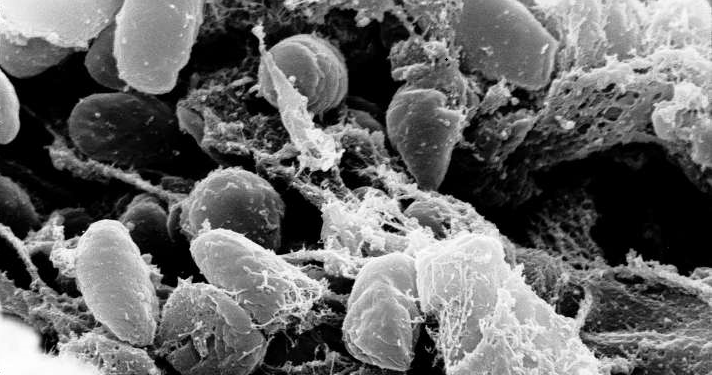A city in North China’s Inner Mongolia autonomous region issued a health warning Sunday after a livestock herder contracted bubonic plague according Chinese news media, Caixin global.
The health commission of Bayan Nur announced a level three emergency, the second-lowest in a four-tier system. It ordered residents in the city of half a million people to stop hunting, skinning or transporting rodents and other animals known to carry plague, to report fevers of unknown causes, and to report sightings of dead marmots.
The patient, who had recently visited an area known to be susceptible to the disease, has been quarantined at Urad Middle Banner hospital in Bayan Nur and is in stable condition, the local health commission said.
Officials said they were also investigating a second suspected case, according to China’s Global Times
The second suspected case involves a 15-year-old, who had apparently been in contact with a marmot hunted by a dog, a tweet from Global Times said.
Four people in Inner Mongolia were diagnosed with the disease in November, two of whom had the more serious pneumonic plague.
- Have you read?
- Covid-19 Vaccine Trial by Pfizer show signs of hope
- WHO quits Hydrochloroquine trial just after a new study found it to be helpful
All four people infected in Inner Mongolia survived, but a separate patient in northwestern Gansu province died of the illness.
Previous plague outbreaks in China include one in northwestern Gansu province in 2014 and another in southwestern Yunnan province in 2005. It killed three and two people, respectively said Caixin Global.
What is Bubonic Plague?
According to World Health Organization (WHO), Plague is caused by the bacterium Yersinia pestis, found in small mammals and their fleas. The symptoms develop after an incubation period of one to seven days.
The disease has two main types, bubonic and pneumonic. Bubonic plague is the most common form and is characterized by painful swollen lymph nodes with 30% to 60% death rate according to WHO.
Whereas Pnuemonic plague is always fatal when left untreated.
Antibiotic treatment is effective against plague bacteria, so early diagnosis and early treatment can save lives.
Plague is transmitted between animals and humans by the bite of infected fleas, direct contact with infected tissues, and inhalation of infected respiratory droplets.
Read more; Oil price threatened by rising new Covid-19 cases
From 2010 to 2015, there were 3,248 cases reported worldwide, including 584 deaths according to WHO.
“Historically, plague was responsible for widespread pandemics with high mortality. It was known as the “Black Death” during the fourteenth century, causing more than 50 million deaths in Europe. Nowadays, plague is easily treated with antibiotics and the use of standard precautions to prevent acquiring infection.” – WHO
Written by
Ifunanya Ikueze





















































